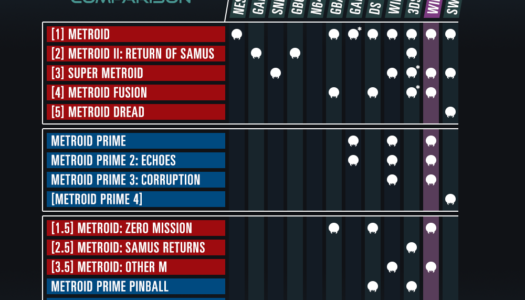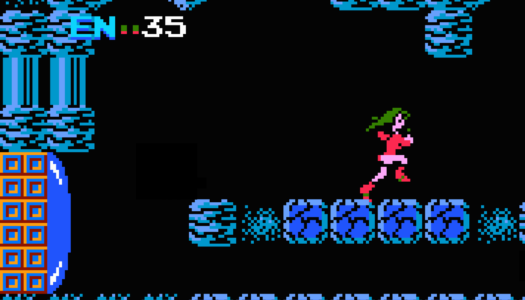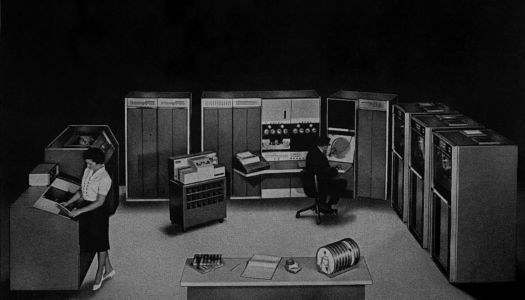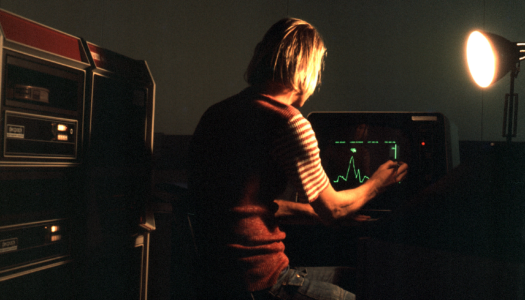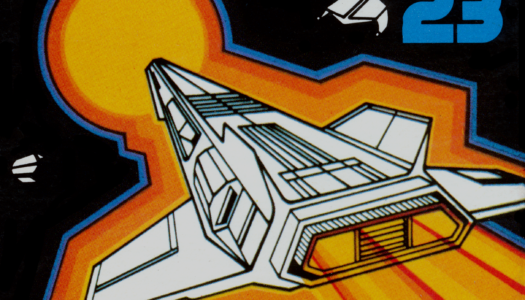Quantum Conundrum
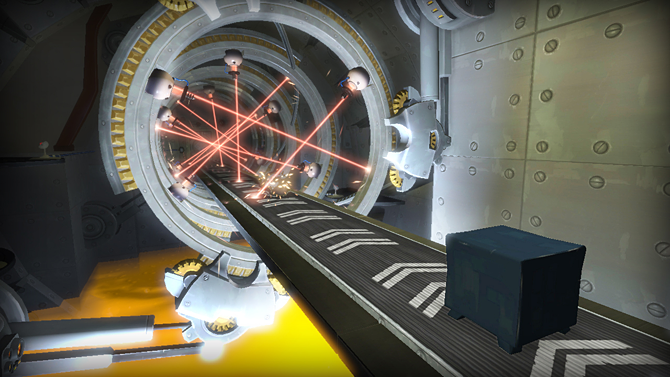
Publisher: Square Enix / Developer: Airtight Games / Platform: PC, PS3, Xbox 360
It’s hard not to draw comparisons to Portal when playing Quantum Conundrum, a first person physics-based puzzler from Portal co-creator Kim Swift. In fact, it almost seems at times as though Swift and Airtight Games are purposely encouraging the comparison, such as through the inclusion of an occasionally antagonizing narrator (voiced by John de Lancie, “Q” of Star Trek fame) who observes you in each chamber, and even a playful end credits song (written by Chris Ballew of The Presidents Of The United States Of America).
And really, who can blame them? Launching a new IP can be a difficult prospect when the field is dominated by annual sequels, so playing up a connection to a well-loved Valve series is a smart way to get people’s attention. But this blessing can just as easily become a curse, because comparisons to a Valve game will inevitably lead to the game being held to the same standard of perfection as a Valve game.
Does it measure up? Or will Portal fans be disappointed once they discover partway through that this physics puzzler is actually a first person platformer in disguise?
In Quantum Conundrum, you play as a nameless 12-year-old who has been dropped off at your uncle’s house. However, it turns out your uncle is mad scientist Professor Fitz Quadwrangle, and you’ve arrived just in time to get tangled up into one of his experiments gone wrong. Quadwrangle has someone managed to get himself stuck in a strange pocket dimension, and you’re the only one who can help him find his way out.

At your disposal is Quadwrangle’s Inter-Dimensional Shift Device, a glove that allows you to shift the physics of the room around you. The glove has four functions, which you’re eased into one at a time: the ability to make objects lighter, the ability to make objects heavier, the ability to reverse gravity, and the ability to put the room into slow motion.
Different combinations of these abilities are used to solve various puzzles. Or so it seems, at first. Not too far into the game it soon becomes obvious that the real focus is on platforming. Precision platforming. First person precision platforming. With a timed element.
Mind you, there are still a few good brain-teasers here. But much of the time, it seems as though the puzzles were purposely simplified, in order to nudge me more quickly towards the execution stage. Not only are many of the puzzles spelled out for you in ways the Portal games never would, but there were times when Quadwrangle would offer hints — or even solve the puzzle for me — before I’d even gotten a good look at the room.
That said, Portal fans who were disappointed that Portal 2 threw out all the dexterity challenges in favor brain-teasers will likely find a lot to enjoy here. But those who were hoping for a good mental workout may come away feeling unsatisfied.

However, the only thing that hurt the experience for me in any major way was the first person platforming. It’s a concept just seems like such an obviously bad idea — especially when your character has no visible feet to give you visual cue of where you’re standing — unless the platforms are fairly large in size. Which they unfortunately are not.
Levels regularly involve hopping onto fairly small boxes, which are frequently sinking in the air beneath you, much like the falling blocks of Mario games. I often found myself wishing the game was a 2D side-scroller, so that I could more fully appreciate the creative use of platforms without the frustration of misjudging a landing because I couldn’t see what was below me.
And yet despite this one relatively major fault, the rest of the game is so wonderfully inventive that you’d truly be missing out by not playing it. Quantum Conundrum makes me wonder if I’ve been wrong all along in referring to physics-based games as Valve-esque, when they’re really Swift-esque.
Yes, I was initially disappointed that the game didn’t measure up to the same standard of perfection as a Valve game. The writing seems directed at an age group that I’m not sure would be able to finish the game without help from an adult, and there are a few rough levels that I don’t think ever would’ve made it into a finished Valve game. But once I got over my initial disappointment, I was able to appreciate the game for what it was…and even felt the desire to return and replay a few levels.











